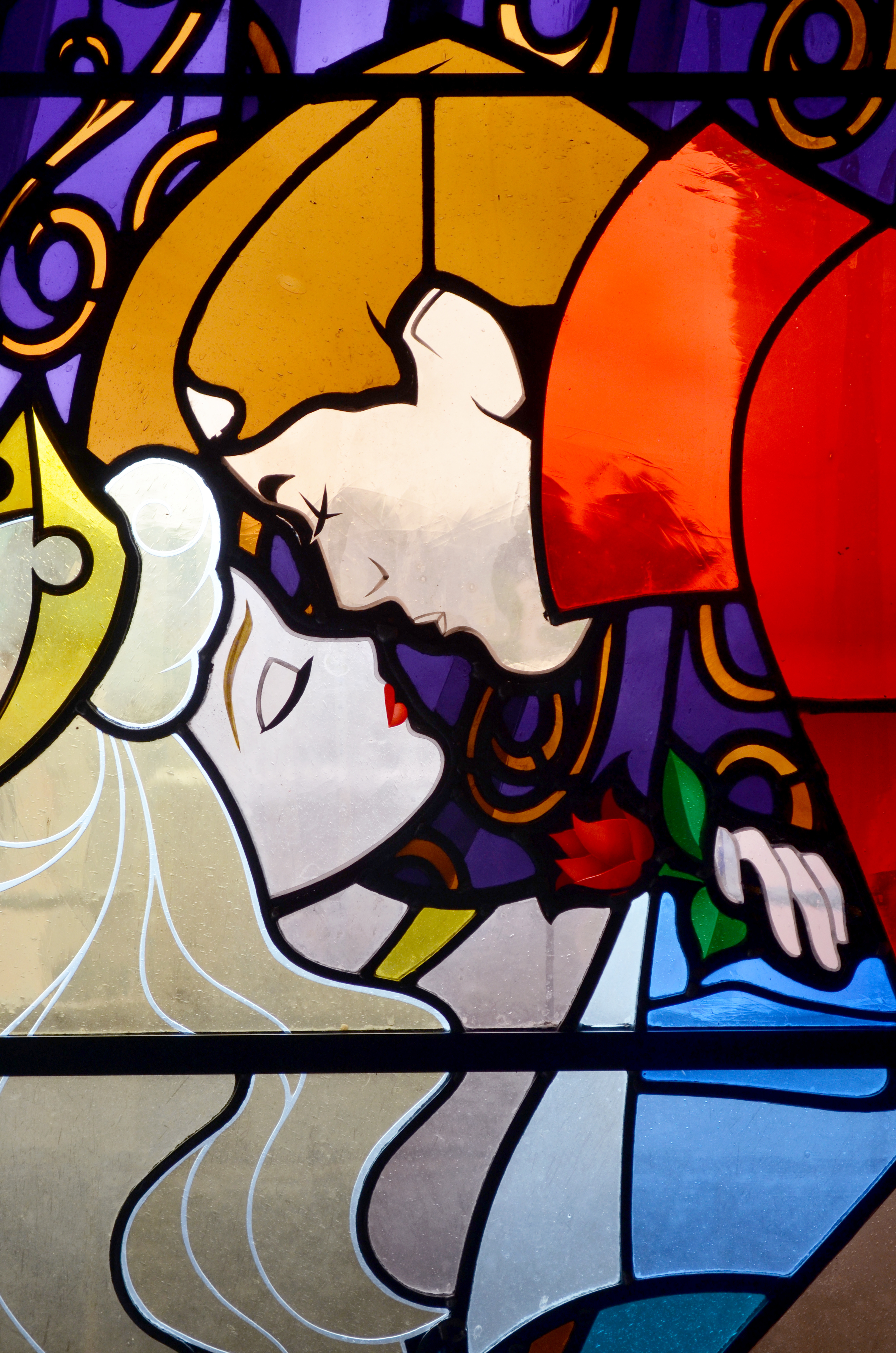By Milly Saber
Everyone knows the famed story about the namesake of this disease. A story about falling into a deep sleep, and being left untouched until a kiss breaks the spell. While this sounds like a typical fairytale storyline to most people, for others it’s a disturbing reality. Sleeping Beauty Syndrome, also known as Kleine – Levin syndrome and characterised by episodes of excessive sleep, is a rare neuropsychiatric sleep disorder. The syndrome poses many threats to those who live with it, despite the fanciful name. But is this syndrome really a dreamlike escape, as the name suggests – or is it actually a living nightmare?
What Causes Sleeping Beauty Syndrome?
The exact cause of the syndrome is unknown, but there are many possible factors that could contribute to its development, including hypothalamic dysfunction, genetic predisposition, brain injury or infection, and things such as stress and sleep deprivation.
The Fairytale Side: Are There Any Positives?
One of the good things about this syndrome is that episodes decrease in frequency and severity, with most cases lasting for 10 to 20 years. There is a median duration of 14 years, however, if a sufferer has not had any episodes for six years, the condition is believed to be cured. There are also medications available to reduce certain other symptoms.
Another positive is that during non-episode periods, individuals with the syndrome may lead normal, healthy lives. Sufferers of this syndrome are symptom-free during non-episode periods.
The Nightmare Reality: What Makes It So Difficult?
Individuals with the syndrome may sleep for up to 20 hours per day during an episode (which can make it hard for individuals to focus on studies). These episodes can usually last for a few days to a few weeks, and can start abruptly.
Abnormal behaviour is also displayed in sufferers during an episode. These behaviours can include excessive food intake, irritability, childishness, disorientation, and even hallucinations, to name a few. These abnormal behaviours can lead to social isolation.
Despite the fact that there are medicines to reduce the severity of certain symptoms, and that stimulants and mood stabilisers (such as lithium) can be prescribed with varying results, there are no consistently effective therapies for the syndrome.
While the syndrome usually resolves over time, the impact on education, social life, and work can have long-term consequences.
Living With Sleeping Beauty Syndrome
Nicole Delien is a United States Pennsylvania resident, and was diagnosed with Sleeping Beauty Syndrome at six-and-a-half years old. At 17, she started to bring awareness to the syndrome by appearing in a number of media events to provide a real-life example of the syndrome, which causes her to sleep for 18-19 hours a day on average. She has appeared on American media outlets, such as CBS news, the Today Show, the Jeff Probst Show and ABC Primetime Medical Mysteries. The syndrome has caused her to miss many family holidays and celebrations, including Thanksgiving and Christmas. Delien was also unable to attend a Katy Perry concert because of an episode, however, after hearing about Delien, Perry arranged for a meeting backstage after a performance in Connecticut.
So, Fairytale or Nightmare?
Despite the deceiving name, life with the syndrome is difficult and frightening. The unpredictable and consuming nature of the episodes turn daily life into a challenge for those who suffer from it. With limited treatment options and unknown causes, the syndrome continues to puzzle scientists and affect lives. So, it’s not a fairytale nor a nightmare, but instead a complicated condition that needs more understanding, support, and research to help those trapped in its cycle wake up to a better future.
